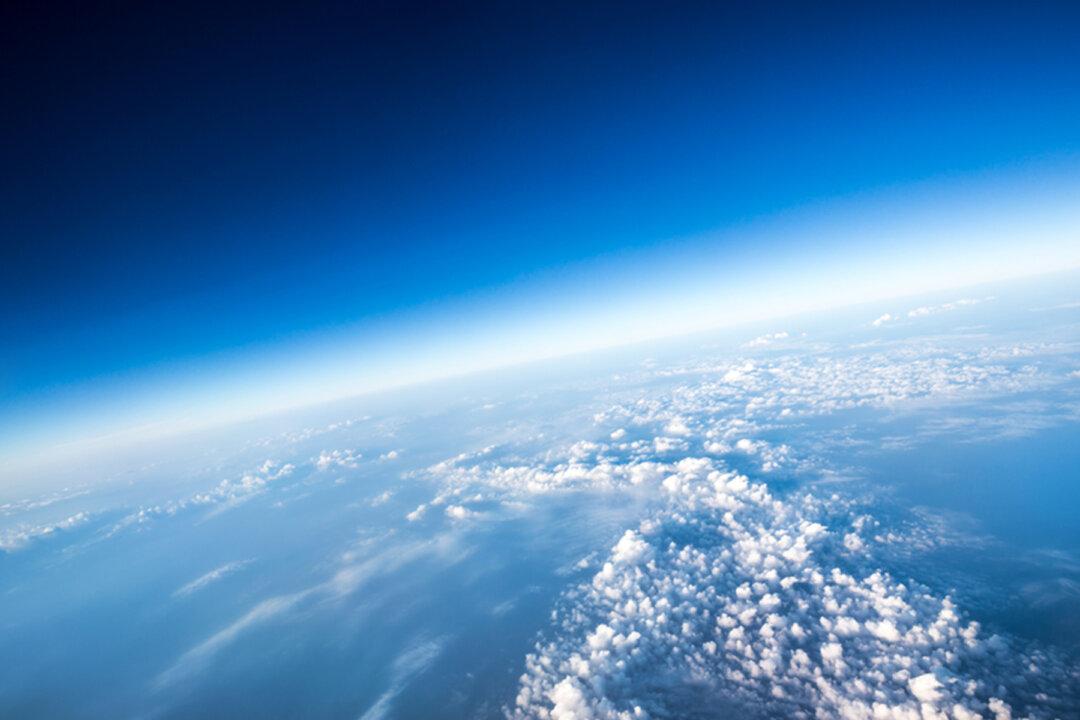The largest hole in the ozone layer ever recorded, which appeared earlier this year above the North Pole, has recently closed.
Contrary to speculation, scientists are attributing its disappearance to unexpectedly warm spring temperatures, and not to environmental changes owing to the global pandemic.





